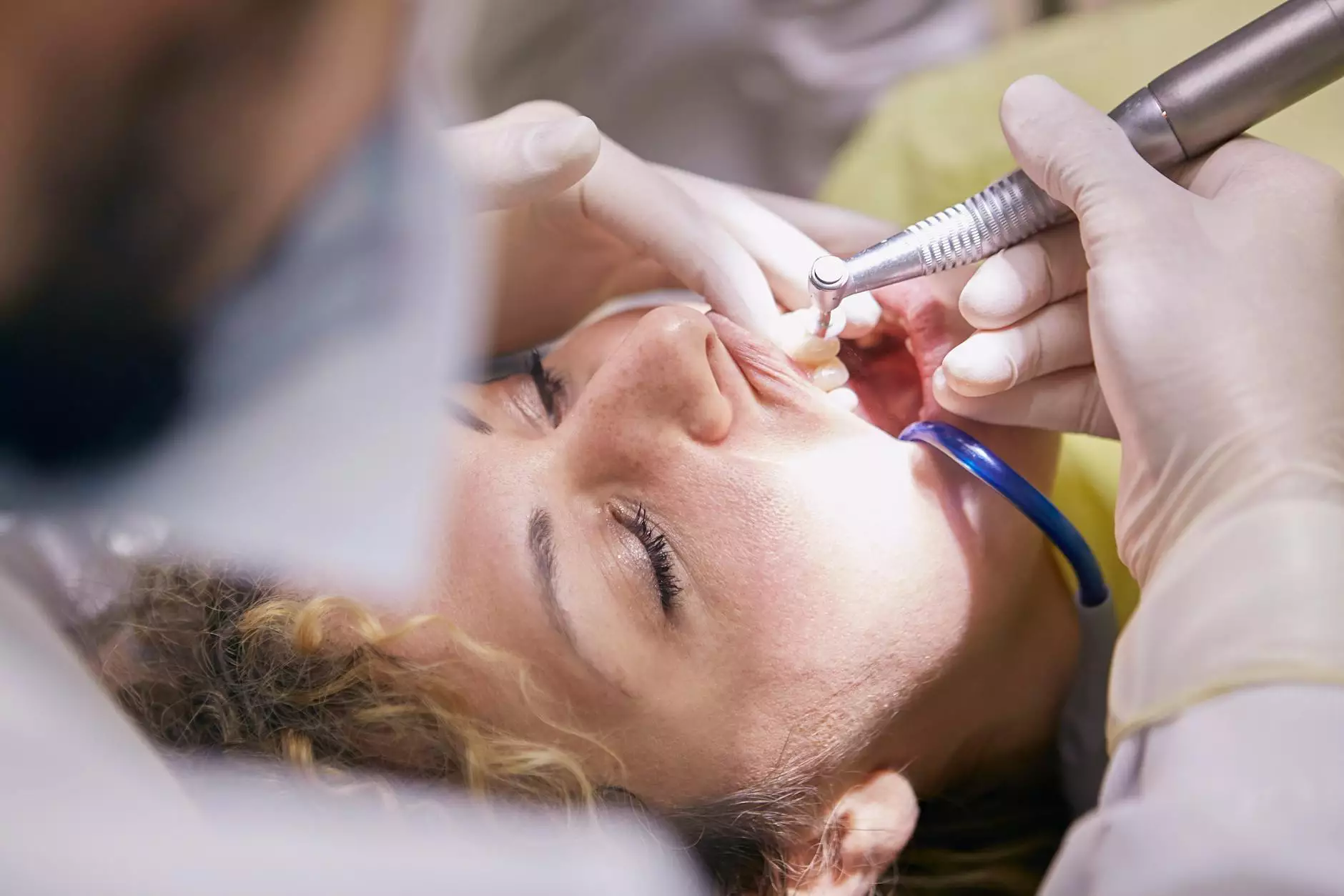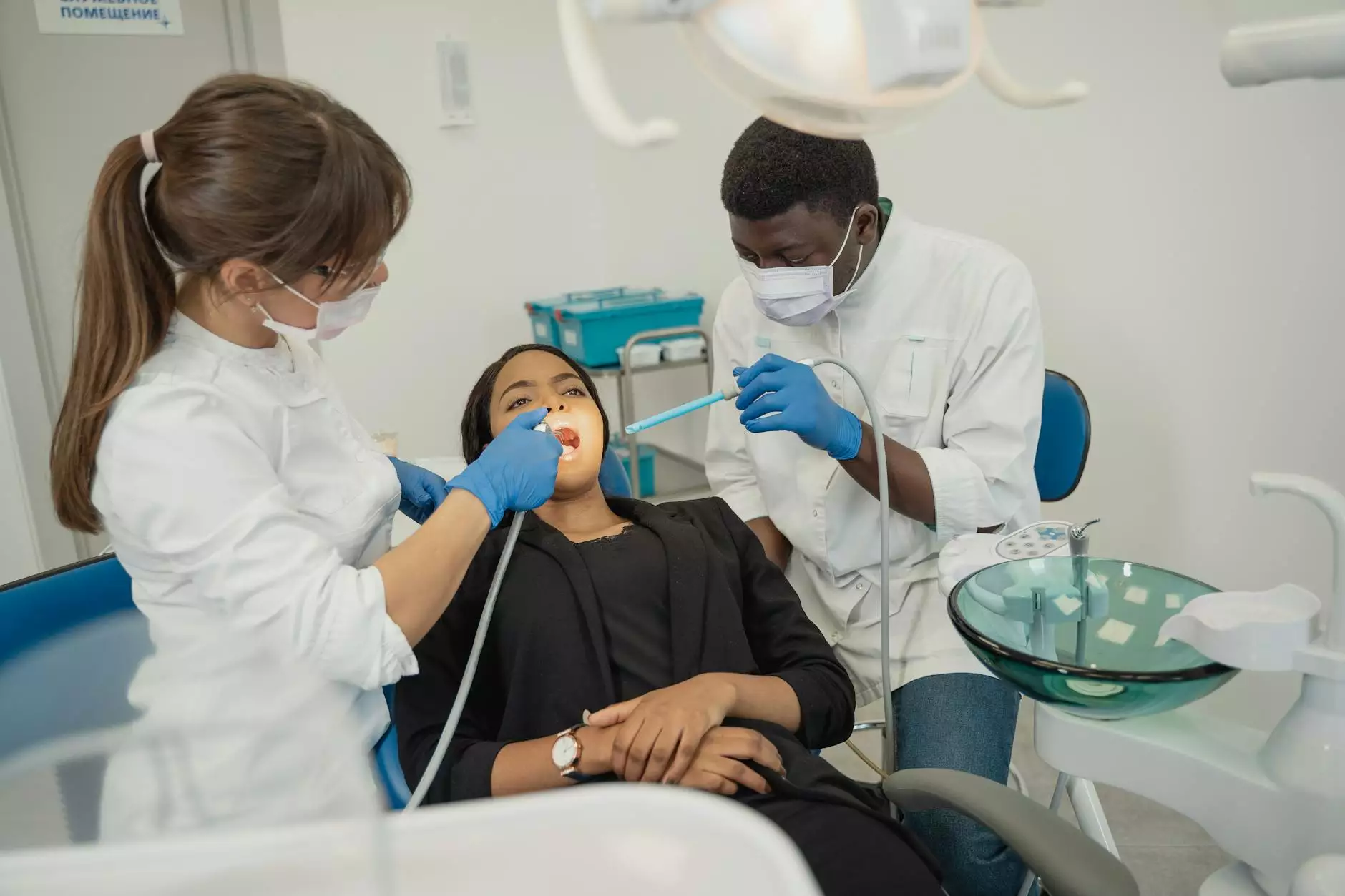Lung Nodule Removal Procedure: A Comprehensive Guide

When it comes to respiratory health, one of the significant concerns that arise is the presence of lung nodules. While the discovery of a lung nodule may instill fear in many, it is essential to understand that various removal procedures can address this issue effectively and safely. This article delves into the lung nodule removal procedure, shedding light on what it entails, its importance, and what you can expect during and after the procedure.
Understanding Lung Nodules
A lung nodule is a small growth in the lung often detected through imaging tests, such as a chest X-ray or CT scan. These nodules can vary in size and are typically classified as benign (non-cancerous) or malignant (cancerous). The differentiation between these types is crucial since it dictates the appropriate medical intervention.
Causes of Lung Nodules
Several factors can lead to the formation of lung nodules. Common causes include:
- Infections (e.g., tuberculosis, fungal infections)
- Inflammatory diseases (e.g., sarcoidosis)
- Benign tumors (e.g., hamartomas)
- Malignant tumors (lung cancer)
Understanding the underlying causes is vital for determining the urgency and type of the lung nodule removal procedure necessary.
Importance of Diagnosis
Before proceeding with the removal of a lung nodule, accurate diagnosis is imperative. Doctors utilize various methods to determine the nature of the nodule, including:
- Imaging Tests: CT scans provide detailed images and help evaluate nodule characteristics.
- Biopsy: This may involve sampling lung tissue to ascertain if cancer is present.
- PET scans: Used to determine metabolic activity within the nodule, assisting in identifying malignancies.
Once diagnosed, an individualized treatment plan can be developed, which may include the lung nodule removal procedure if deemed necessary.
Types of Lung Nodule Removal Procedures
Depending on the size and nature of the lung nodule, different removal techniques may be employed. These procedures include:
1. Lobectomy
A lobectomy involves the removal of an entire lobe of the lung. This procedure is common for larger nodules or when cancer is suspected.
2. Wedge Resection
This technique entails the removal of the nodule along with a margin of surrounding healthy lung tissue. It is usually performed for smaller, superficial nodules.
3. Video-Assisted Thoracoscopic Surgery (VATS)
VATS is a minimally invasive procedure providing a small incision for the surgical instruments. This approach often leads to shorter recovery times and less pain.
4. Bronchoscopy
In some cases, a bronchoscopy may be performed to directly access the nodule through the airways. This method is advantageous for specific types of nodules located centrally in the lungs.
The Procedure: What to Expect
The lung nodule removal procedure generally follows several phases:
1. Pre-Operative Preparations
Prior to the procedure, you may undergo a series of tests, including blood work and imaging, to evaluate overall health and the specific characteristics of the lung nodule. It's essential to inform your doctor about any medications you take and any underlying health conditions.
2. Anesthesia
Most lung nodule removal procedures are carried out under general anesthesia, ensuring you remain unconscious and pain-free throughout the process.
3. The Removal Procedure
The surgeon will perform the specified technique, whether it be lobectomy, wedge resection, or VATS. The procedure duration can vary, typically lasting from two to four hours, depending on the complexity.
4. Recovery
Post-operative recovery may take several days to weeks, depending on the procedure type. Patients are generally monitored for complications such as bleeding or infection.
5. Follow-Up Care
Follow-up appointments are crucial to monitor your recovery progress and conduct further testing, if necessary, on the extracted tissue to confirm the diagnosis and check for any malignancy.
Benefits of Lung Nodule Removal Procedures
Opting for the lung nodule removal procedure offers several advantages:
- Early Detection of Cancer: Removing nodules allows for biopsying, leading to early detection and treatment of lung cancer.
- Symptom Relief: Large nodules can cause respiratory issues; their removal may alleviate symptoms such as coughing or chest pain.
- Peace of Mind: Understanding the nature of a lung nodule can significantly reduce anxiety for patients and their families.
Risks and Considerations
Like any surgical procedure, lung nodule removal comes with potential risks. It's essential to have a detailed discussion with your healthcare provider regarding:
- Infection risks
- Bleeding complications
- Pneumothorax (collapsed lung)
- Respiratory complications
Being well-informed can help mitigate fears and prepare you for what lies ahead.
Why Choose Neumark Surgery for Lung Nodule Removal
At Neumark Surgery, our team of experienced professionals is dedicated to providing exceptional care for patients facing lung nodule concerns. We emphasize the following:
- Comprehensive Pre-operative Assessment: We ensure that all patients receive a thorough evaluation tailored to their health needs.
- State-of-the-Art Facilities: Utilizing the latest technology enhances safety and efficiency during procedures.
- Compassionate Care: Our staff is dedicated to supporting you throughout your surgical journey.
Making decisions regarding your health is a significant step. We are here to ensure you feel supported and informed.
Conclusion
The lung nodule removal procedure serves as a crucial intervention for individuals facing potential respiratory health challenges. With advancements in surgical techniques and thorough diagnostic methods, patients can access effective treatments and regain peace of mind. If you suspect you have a lung nodule or have been diagnosed with one, it is critical to consult with healthcare professionals to discuss the appropriate course of action.
For more information on lung nodule removal and other related services, don’t hesitate to reach out to us at Neumark Surgery. Your respiratory health is our priority, and we are here to assist you every step of the way.



